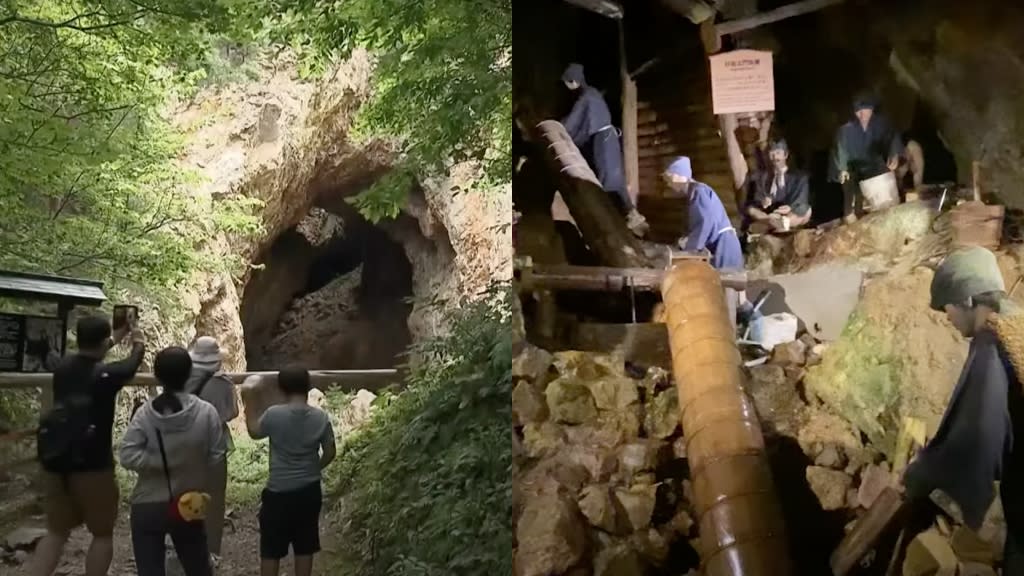Controversial Japan site granted world heritage status with South Korean approval

[Source]
The UNESCO World Heritage committee have registered Japan’s Sado gold mine as a cultural heritage site after Japan agreed to include its dark history of abusing Korean laborers during World War II in the exhibit. The mine, which operated for nearly 400 years before closing in 1989, was once the world’s largest gold producer and linked to wartime abuses.
The decision: The committee's unanimous decision, including South Korea's support, came after Japan provided additional information and consulted with South Korea about the mine’s history – a move that could hint at an improvement in Japan-South Korea relations. Japan installed new exhibits explaining the harsh conditions faced by Korean laborers, including annual memorial services. Japan's Foreign Minister celebrated the designation and its “extraordinary value as an exceptional cultural heritage.”
Dark history: During Japan's 1910-1945 colonization of the Korean Peninsula, hundreds of thousands of Korean laborers were forcibly brought to work in Japanese mines and factories, including the Sado gold mine, to address labor shortages during WWII, according to historians. However, Japan previously omitted its connection to these abuses, straining bilateral ties. Japan has long been criticized for its reluctance to acknowledge wartime atrocities at other UNESCO sites, such as the sexual abuse of "comfort women" and forced laborers.
Download the NextShark App:
Want to keep up to date on Asian American News? Download the NextShark App today!

